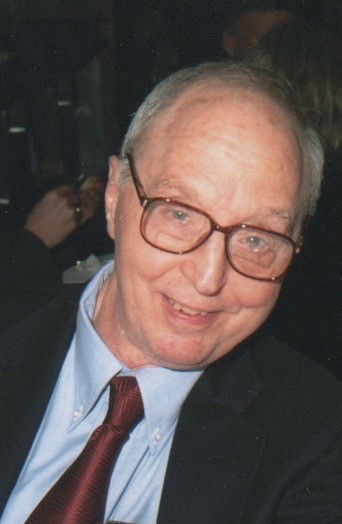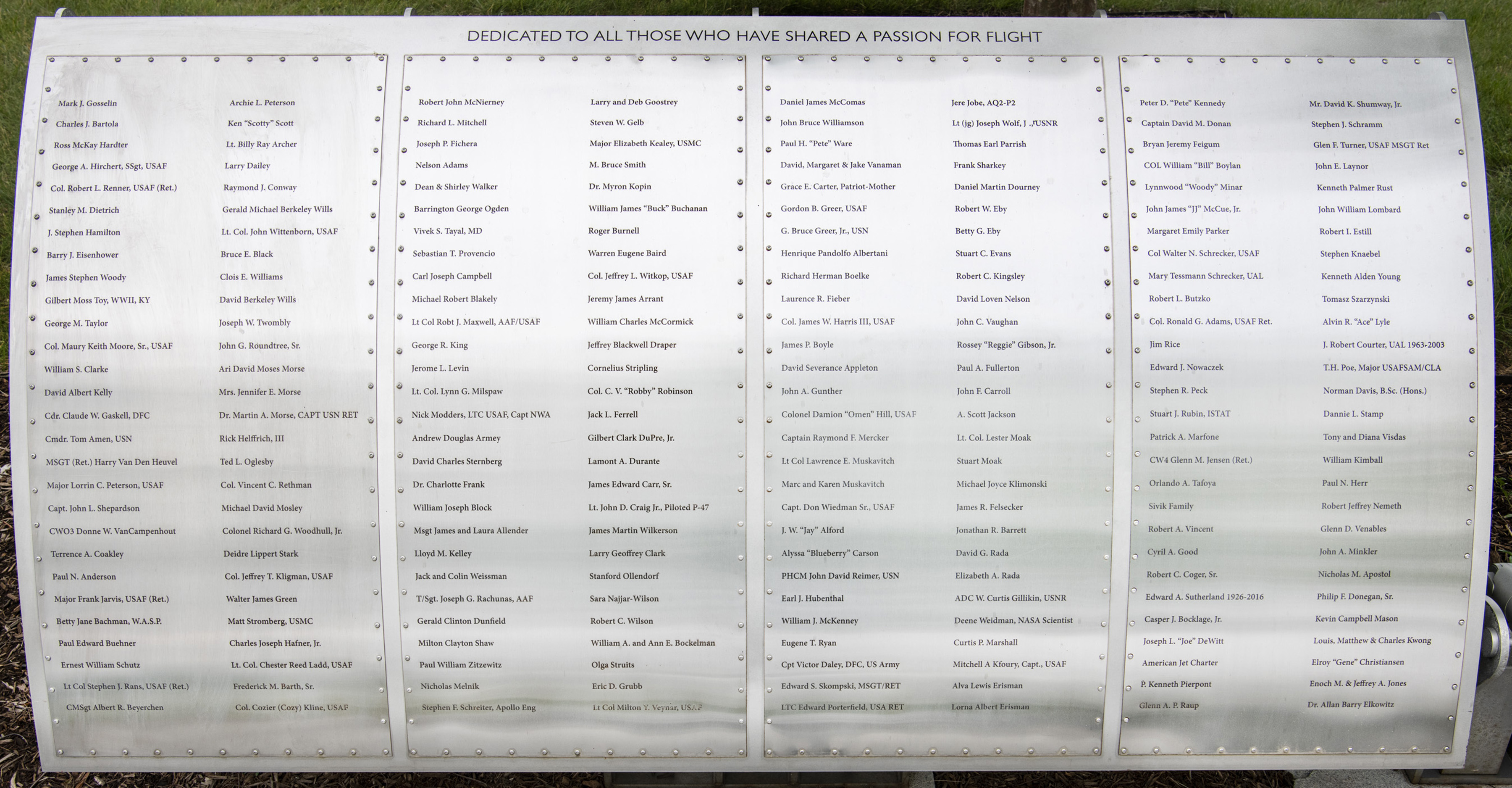
Foil: 30 Panel: 2 Column: 2 Line: 22
Wall of Honor Level: Air and Space Sponsor
Honored by:
Mr. Daniel A. Ollendorf
Born in New York City in 1931 to an immigrant mother (Belarus) and 1st-generation American father, Stan Ollendorf fell in love with engineering and flight at an early age. He built gliders and model planes of all varieties, often upsetting his mother by testing the engines indoors! First trained as a draftsman at New York City Community College and in the offices of famed architect Morris Lapidus, Stan was drafted into the US Army during the Korean War. While in the Army, he served as a technical specialist and received additional training in nuclear weapons assembly. Following his honorable discharge from the Army in 1955, Stan enrolled at the Rochester Institute of Technology to pursue a Bachelors degree in mechanical engineering through the GI Bill. Upon graduation in 1958, Stan became the first college-educated member of his family. His first job as an engineer was at General Electric, where he worked on such diverse projects as a nuclear-powered airplane. He married the former Ellen Goldstein in 1960, and had two children, Amy and Daniel. Stan transferred back to federal service in 1963 when he accepted a job at NASA's Goddard Space Flight Center (GSFC).
Stan became a premier thermal systems engineer for NASA over a career that spanned nearly 50 years. His accomplishments have advanced thermal technology in a monumental way. The early decision to implement "heat pipes," a unique device for space application in the early 1970s, on the Orbiting Astronomical Observatory satellite gave proof to the concept that scientific instruments can be thermally controlled within narrow temperature limits in a micro-gravity environment. Such early flight experiments paved the way for other major advancements in thermal technology. Heat pipes are now used in literally hundreds of satellite applications (especially communications satellites), including virtually all segments of the flight system, for innumerable missions well beyond NASA.
In the early years of heat-pipe technology, Stan was a major NASA consultant for the development of the thermal protection system for the Trans-Alaska crude-oil pipeline. The pipeline uses more than 100,000 thermosyphon heat pipes to super-cool the ground, preserve the permafrost, and ensure the structural stability of the pipeline. For several years, Stan led the Heat Pipe Research and Development Group at the GSFC. His efforts led to the development and utilization of actively-controlled derivatives of heat-pipe technology called "capillary-pumped loops," which have been flown on such high-profile missions as Terra and Hubble. These loops are still functioning today after many years in orbit.
Stan next headed the GSFC Robotics Office, which, under his direction, demonstrated that an automated system could aid materials researchers seeking to develop new solid-state devices. It was successfully flown on the Space Shuttle in 1994 and was the first U.S. robot in space. Following retirement, Stan maintained a part-time mentorship role at GSFC and consulted on several development projects, including the J.W. Webb Space Telescope.
Stan Ollendorf's varied career and his visionary approach to pursuing engineering research has been an inspiration to succeeding generations.
Wall of Honor profiles are provided by the honoree or the donor who added their name to the Wall of Honor. The Museum cannot validate all facts contained in the profiles.
Foil: 30
